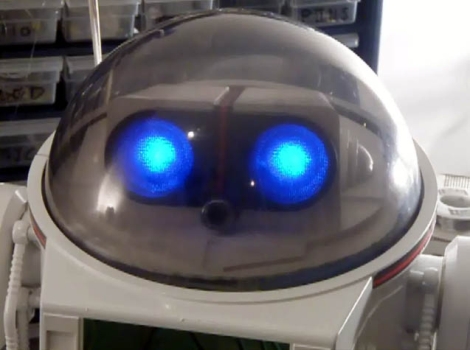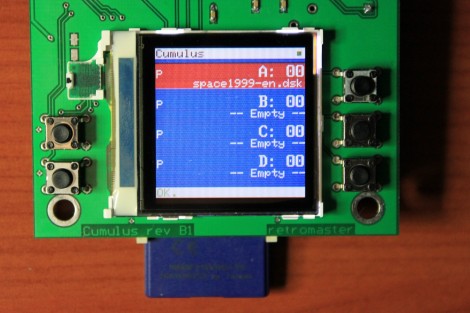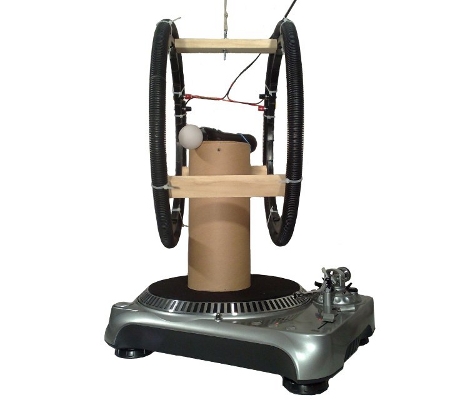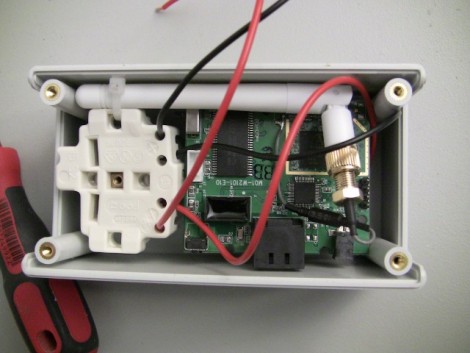
NXP holds a lot of market share for their ARM based solutions as it is. That’s why we were a little surprised when we found a link on their website announcing that they were giving away free LPCXpresso development boards, based on their Cortex-M0 line.
Catches? Unfortunately there are a few to get the board shipped and running. In order to do so, you must…
- register with a corporate email address
…the promo is targeted at engineers - use the crippled IDE supplied with the board
…due to hard to find (non-existent?) documentation for the integrated LPC-Link - upload an original video of the physical destruction of a competing board to the NXP website
While killing your Arduino may not sound like the most fun, some qualified readers may be interested in moving up to 32-bits for a price that is hard to beat.















